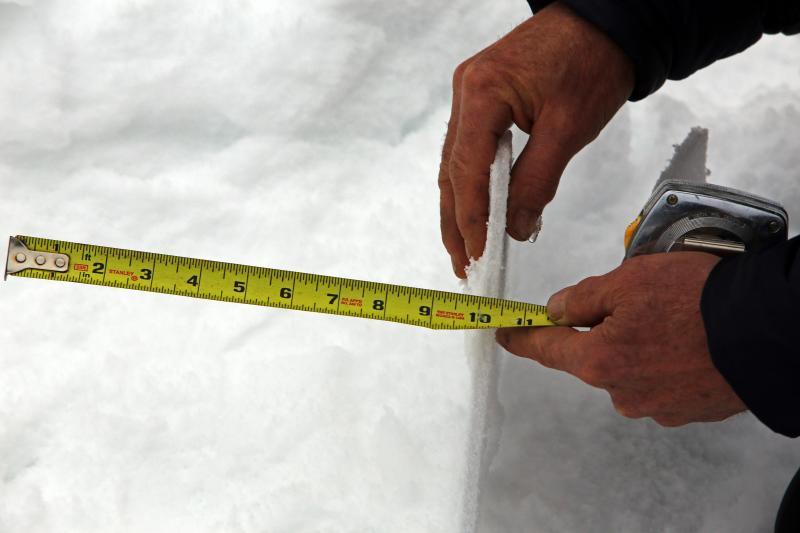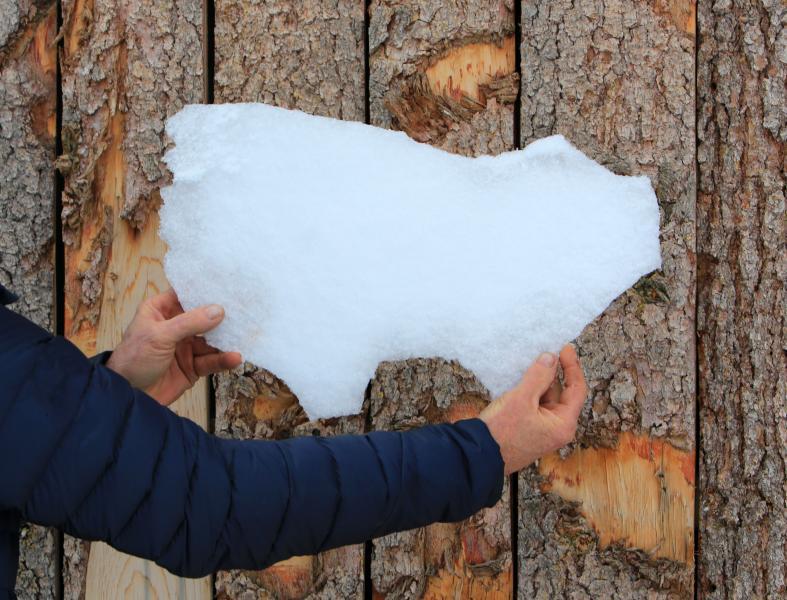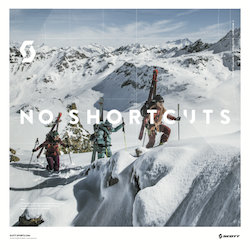"Once a small ice crystal forms, its subsequent growth is determined by two mechanisms (A) transfer of molecules from droplets into an ice crystal, and (B) riming resulting from collisions with droplets during their fall through the atmosphere."
"The process that determines the basic crystal form occurs by direct transfer of water-vapor molecules from the super-cooled water droplets in the cloud. It has been determined experimentally and theoretically that the vapor pressure over the water droplet is higher than over the ice crystal at a given temperature. Since the pressure is higher over the droplet, water-vapor molecules diffuse toward neighboring ice crystals and they condense (deposit) from the vapor onto the ice crystal. Thus, ice crystals grow at the expense of super-cooled droplets, due to vapor pressure differences between the droplets and the ice crystals. (Figure A)"
" The second growth mechanism occurs as the crystals move in the atmosphere. When the ice crystals attain a large-enough size, they fall and gain mass by colliding with some of the larger super-cooled droplets, which subsequently freeze onto the crystals in a second process called riming. (Figure B) This same process causes icing on an airplane wing moving through super-cooled droplets in the atmosphere."
"Sometimes the crystal branches become entirely filled in by riming to form a rounded crystal called graupel, in which the original crystal form is unrecognizable. This requires a long growth period either from passage through thick clouds or repeated rides up and down thermal-convection updrafts in the clouds, prolonging the riming process. Graupel particles can also form hail if they ride updrafts in freeze-thaw cycles. When graupel lands on clothing or a tent, you often hear it." (Avalanche Handbook pg 44)
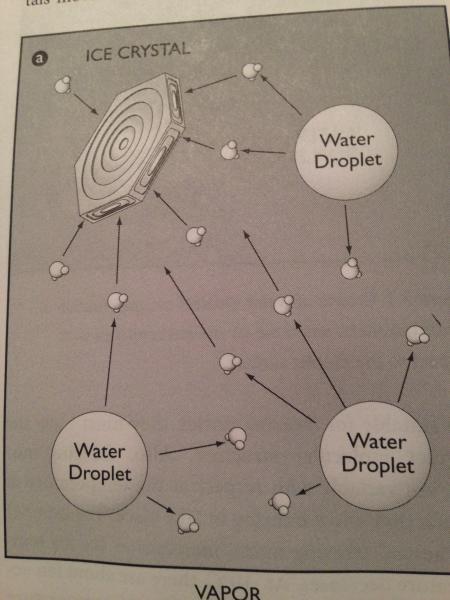
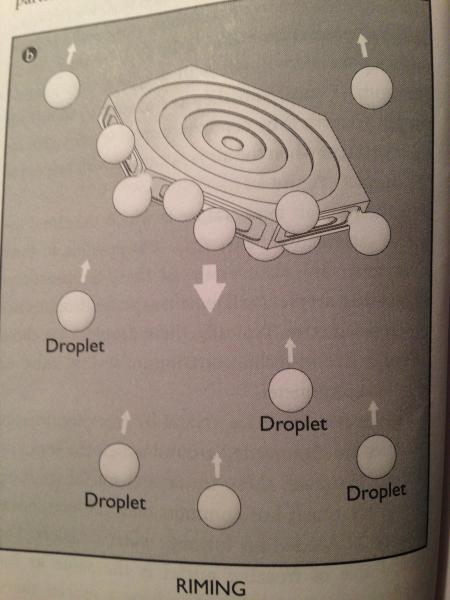
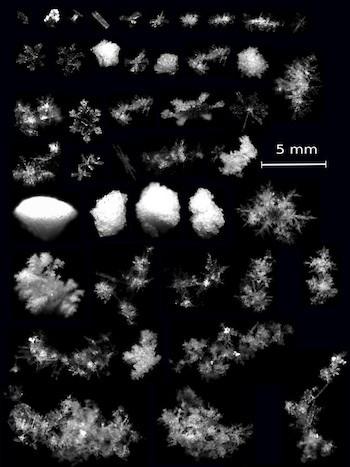
As a cloud with super-cooled water droplets passed over the Windy Peak weather station it left a think coat of rime.
Rime can accumulate of the windward side of trees, snow, weather stations, lift towers, poles, and pretty much anything that the cloud passes through. It can create upside down skiing as well.
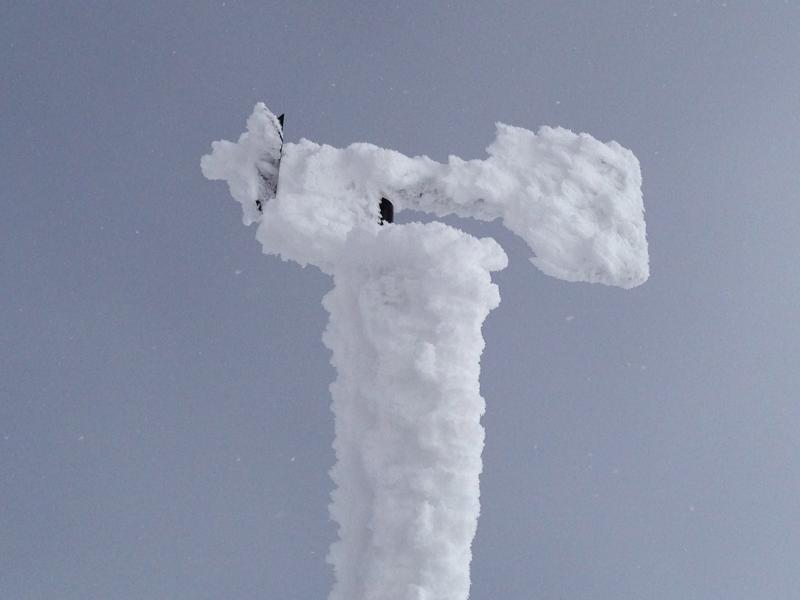
This rime crust photo was taken by Jonny Adolphson in the Uinta Mountains 12/23/13 its a rime crust that formed right on the snow surface from super-cooled water droplets passing over the snow surface.
Sometimes, over/under these crusts strong temperature gradients can form creating faceted snow grains that can act as weak layers. Or perhaps an even worse combo would be a weak layer on top of a very slick and uniform bed surface.
Cool photo Jonny!!!
